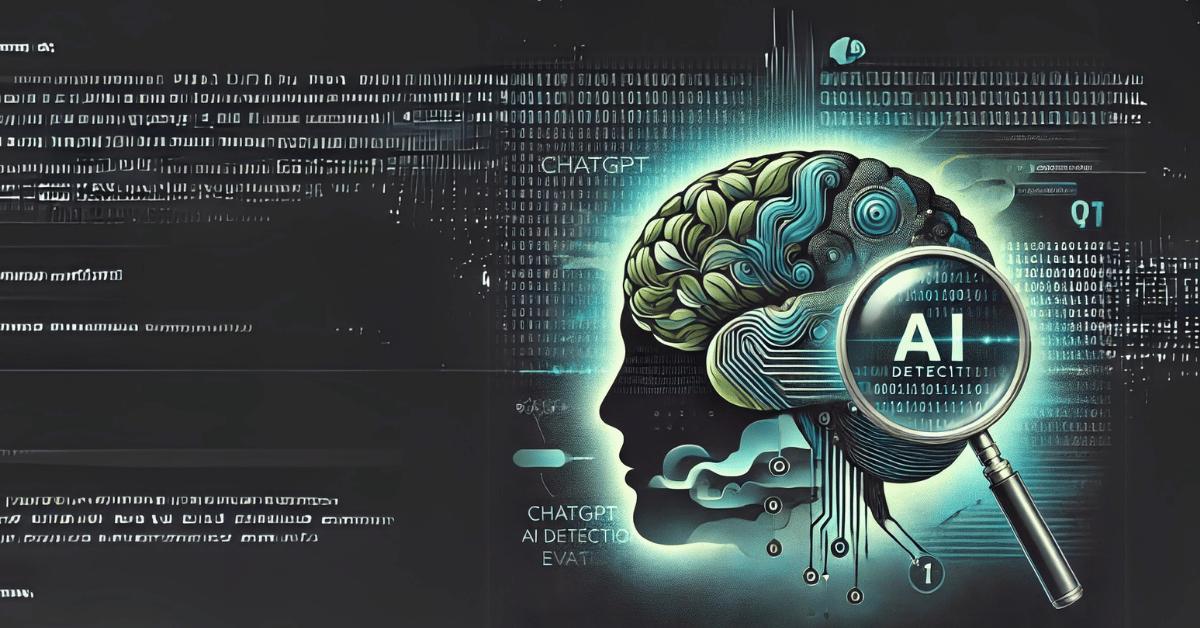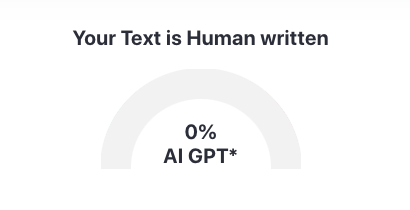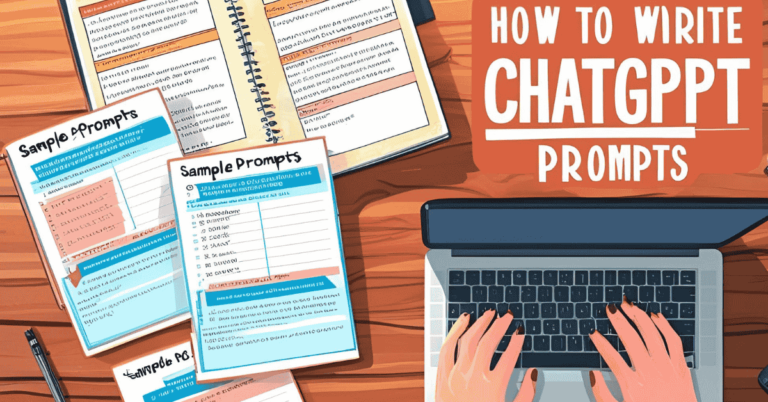How to Make ChatGPT Undetectable: 8 Techniques

As artificial intelligence tools like ChatGPT become increasingly popular, they are being used for tasks ranging from content creation to problem-solving. However, with the advent of AI detection tools, ensuring that AI-generated content goes undetected has become a priority for many.
Whether it’s for academic submissions, business communications, or SEO articles, tweaking ChatGPT’s outputs to make them undetectable can enhance their usability while maintaining quality and originality.
This article explores effective techniques on how to make ChatGPT undetectable, tools you can use to refine AI-generated content, and ethical considerations to ensure its proper usage.
Understanding AI Detection Tools
AI detection tools, like GPTZero and Originality.ai, use algorithms to spot patterns, predictability, and structures typical of AI-generated text. These tools analyze text for:
- Repetition: AI models like ChatGPT may repeat words, phrases, or sentence structures, making their output predictable.
- Lack of Semantic Noise: Unlike humans, AI does not produce “noise,” such as minor inconsistencies, colloquial expressions, or tangential ideas.
- Perfect Grammar and Formatting: AI often produces content that is grammatically flawless and neatly formatted, which can signal non-human origin.
Understanding these markers is the first step in crafting undetectable AI-generated content.
8 Techniques on How to Make ChatGPT Undetectable

1. Add Human-Like Variability
Humans write with variation in sentence structure, tone, and word choice. To mimic this:
- Use a mix of short and long sentences. AI tends to use consistently medium-length sentences.
- Introduce casual expressions. Add contractions (e.g., “it’s” instead of “it is”) and colloquialisms.
- Avoid robotic tone. Incorporate a conversational style or emotional nuance when appropriate.
2. Manual Editing and Paraphrasing
A simple yet effective way to make AI-generated text more natural is through manual intervention. After generating the content:
- Paraphrase repetitive sentences.
- Add subjective opinions or personal anecdotes.
- Insert fillers like “I believe” or “perhaps” to reduce AI’s overconfidence in factual statements.
3. Introduce Semantic Noise
Humans rarely write with perfect coherence or precision. Subtle distractions, digressions, and filler phrases make text appear more human. For example:
- Add tangential details or side notes.
- Use interjections like “you know,” “well,” or “anyway.”
- Break the flow with minor typos or corrections (if contextually appropriate).
4. Avoid Over-Optimization for SEO
AI-generated text often overuses keywords in an unnatural way. Balance SEO requirements by:
- Using synonyms or semantically related terms.
- Spreading keywords across the text without clustering.
- Prioritizing readability over keyword density.
5. Refine Formatting and Tone
AI tools are consistent with formatting, but humans often make adjustments depending on context.
- Vary paragraph lengths: Avoid uniform blocks of text.
- Adjust headings and subheadings: Make them slightly inconsistent or unique.
- Add rhetorical questions: These mimic human interaction and thought processes.
6. Leverage Humanizing Tools
Post-process AI content using humanizing tools such as:
- Grammarly: Adjust tone, simplify complex sentences, or enhance readability.
- Hemingway Editor: Add natural flow by balancing sentence complexity.
- QuillBot: Paraphrase text for originality and remove AI patterns.
7. Personalize the Content
One of the easiest ways to make AI-generated text undetectable is by adding personal touches. AI cannot replicate:
- Specific experiences.
- Subjective opinions.
- Real-life anecdotes or emotional reflections.
8. Run AI Content Through Detection Tools
After making edits, test the content using detection tools like:
- Originality.ai: This tool checks for AI-generated content and plagiarism.
- Content at Scale: Analyzes the likelihood of AI origin and suggests improvements.
Refine flagged sections to further reduce detection.
Tools to Refine AI-Generated Content
- Grammarly: For grammar, tone adjustments, and natural phrasing.
- Hemingway Editor: Simplifies or enriches sentences for human-like readability.
- QuillBot: Paraphrases content to add originality.
- Wordtune: Offers rewriting suggestions for varied sentence structures.
- Paraphraser.io: Ideal for transforming repetitive phrases into diverse expressions.
Read about the comparison of chatgpt and grok.
Ethical Considerations
While it is technically possible to make ChatGPT undetectable, it’s essential to consider the ethical implications:
- Transparency: Always disclose the use of AI in professional or academic settings where authenticity is expected.
- Plagiarism: Avoid directly copying AI-generated text without ensuring originality and proper attribution.
- Respect Content Policies: Many platforms prohibit undisclosed AI-generated content. Violating such guidelines can lead to penalties.
Practical Scenarios Where Undetectable Content is Useful
- Content Creation: For blogs or articles, blending AI and human editing ensures high-quality output.
- Academic Writing: Helps refine ideas while maintaining a natural tone.
- Business Proposals: Undetectable AI content ensures professionalism and avoids biases against AI usage.
Benefits of Making ChatGPT Undetectable
- Enhanced Credibility: Human-like content feels more authentic and reliable.
- Avoid Platform Restrictions: Undetectable content helps comply with strict content policies.
- Improved Engagement: Readers connect better with text that reflects human creativity and nuance.
FAQs
Conclusion
Making ChatGPT undetectable involves a blend of AI-generated content refinement and manual intervention. By introducing human-like variability, personal touches, and semantic noise, you can create text that seamlessly passes as human-written. Leveraging tools like Grammarly, QuillBot, and AI detection testers ensures your content is polished and undetectable.
However, it is essential to balance these techniques with ethical considerations. Transparency about AI usage, especially in sensitive contexts, is crucial to maintaining credibility and trust. Ultimately, the goal is to harness AI’s potential responsibly while delivering high-quality, engaging, and human-like content.
By following these steps, you can confidently use ChatGPT for diverse applications while ensuring its output remains indistinguishable from human writing.






